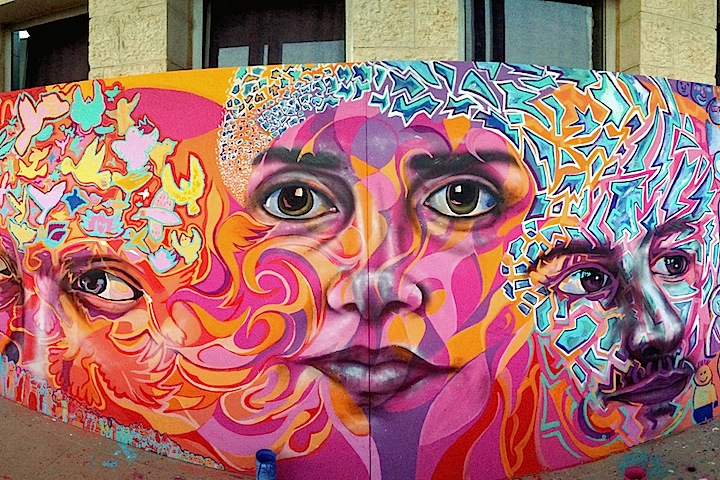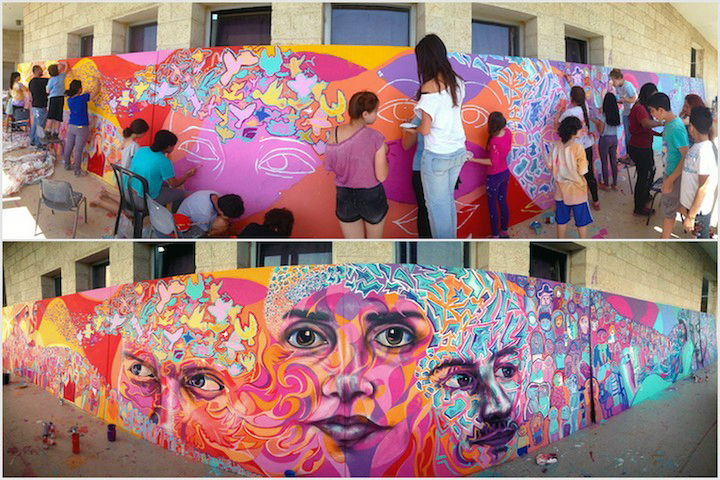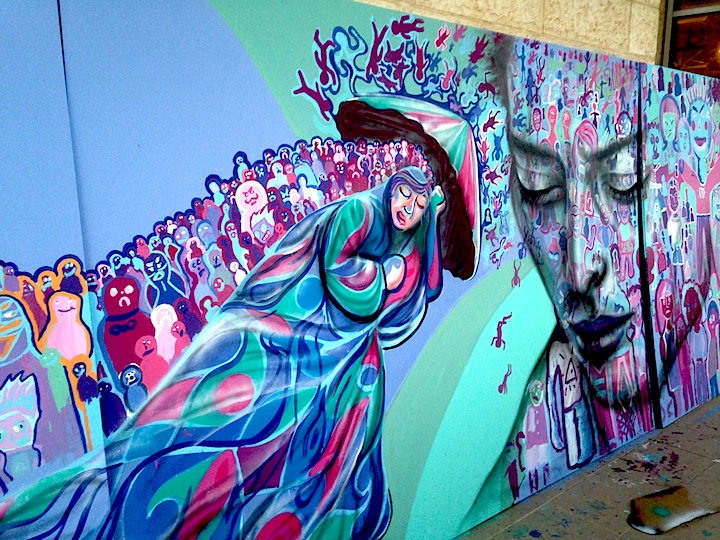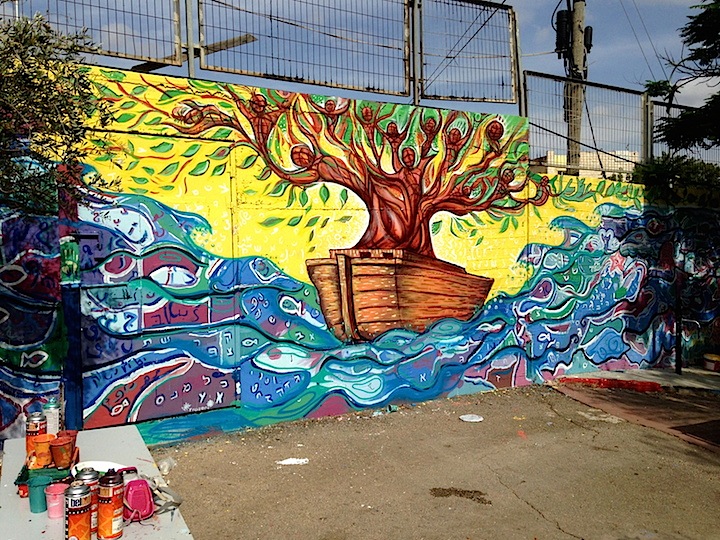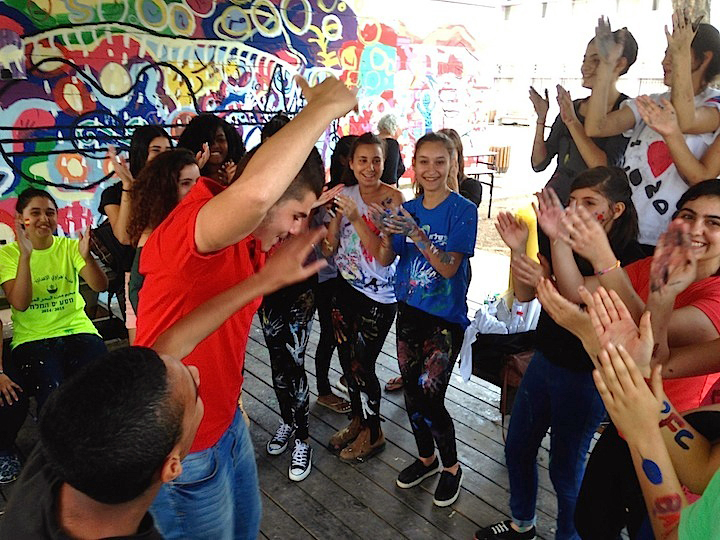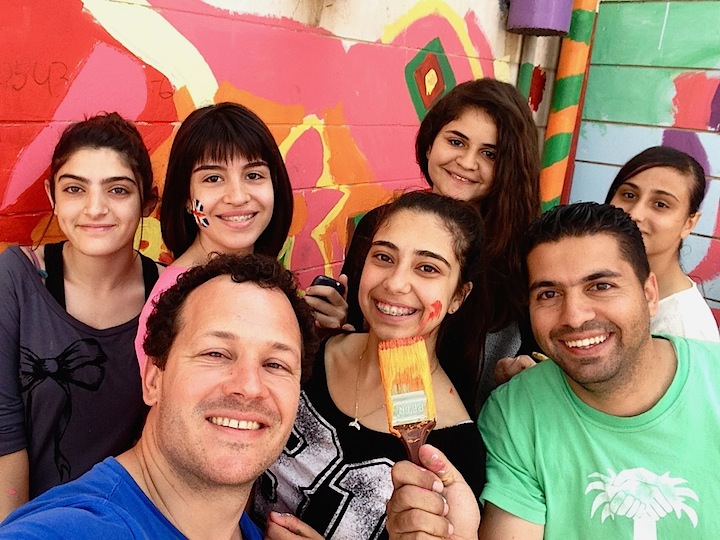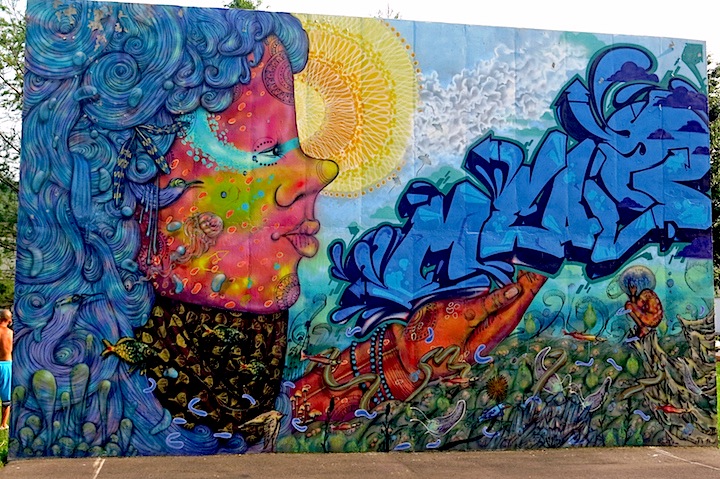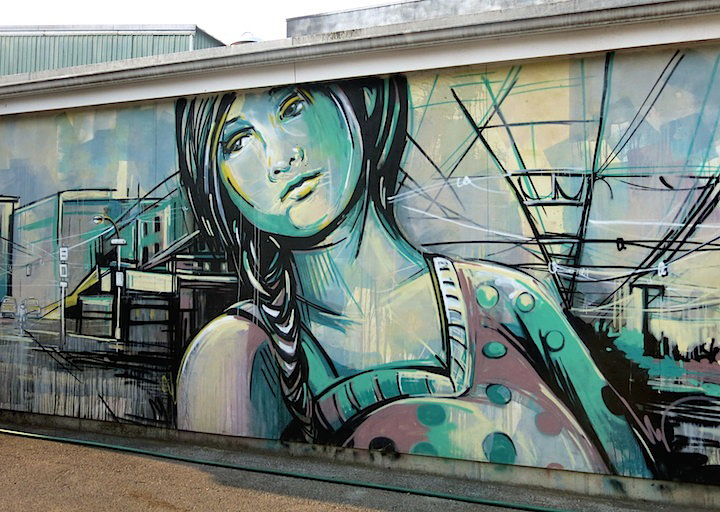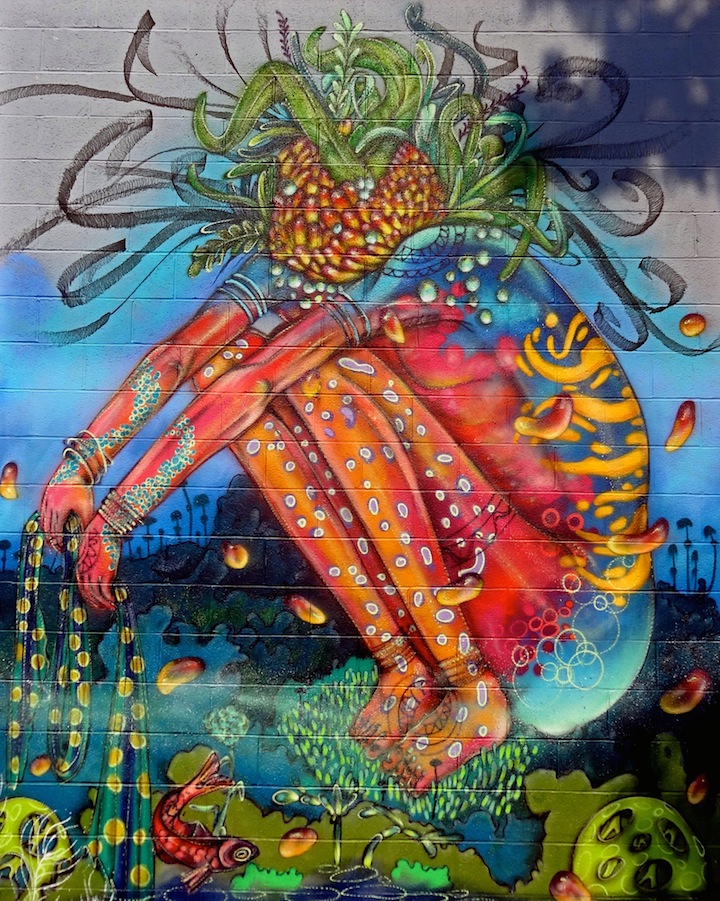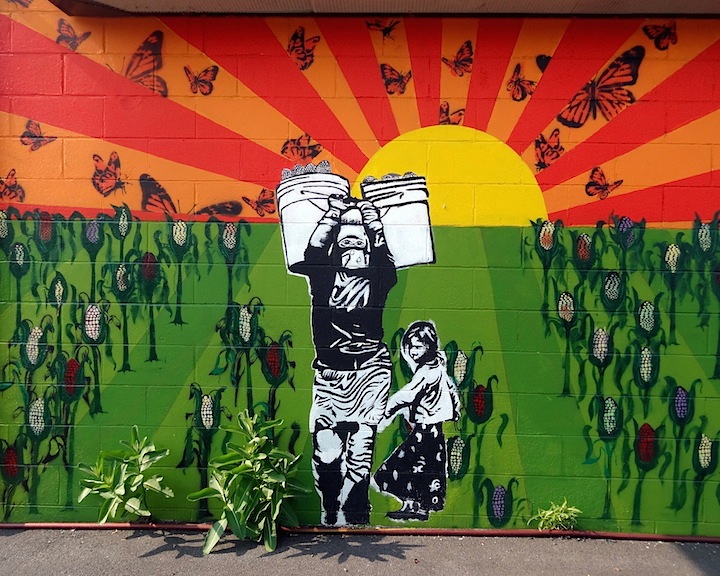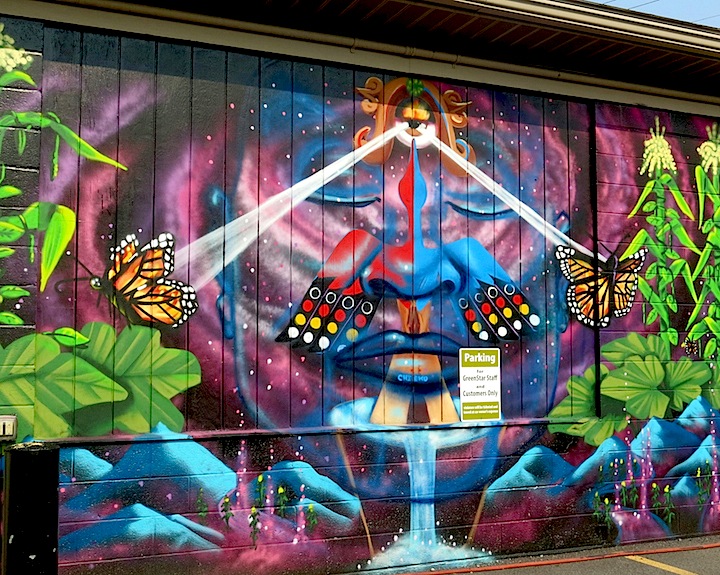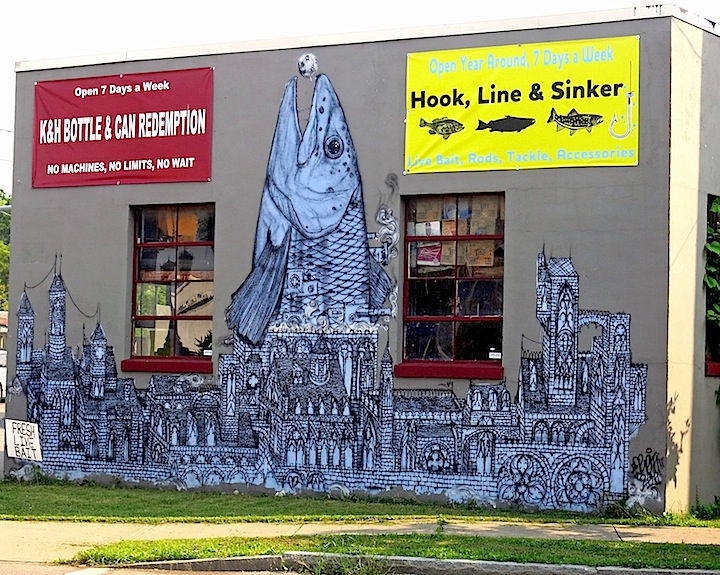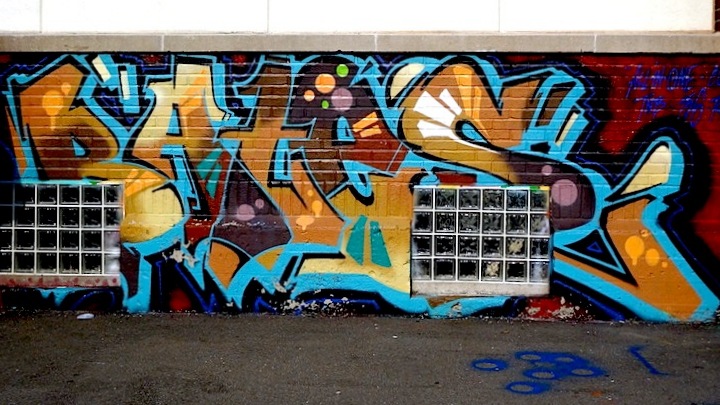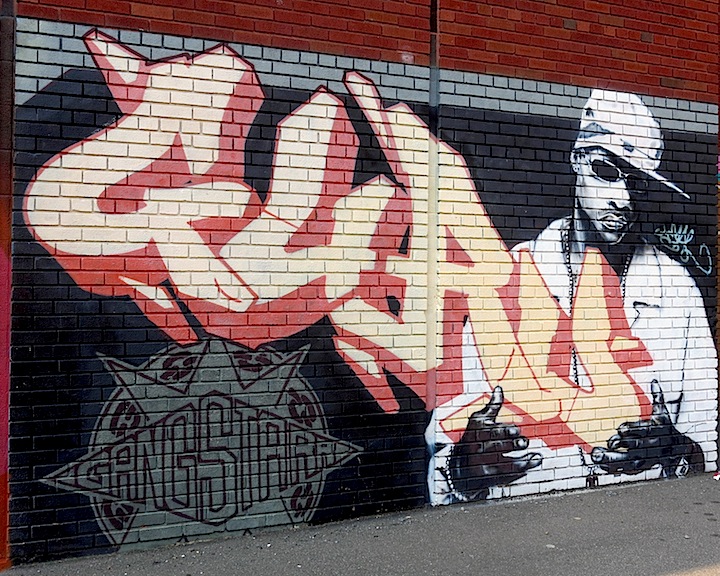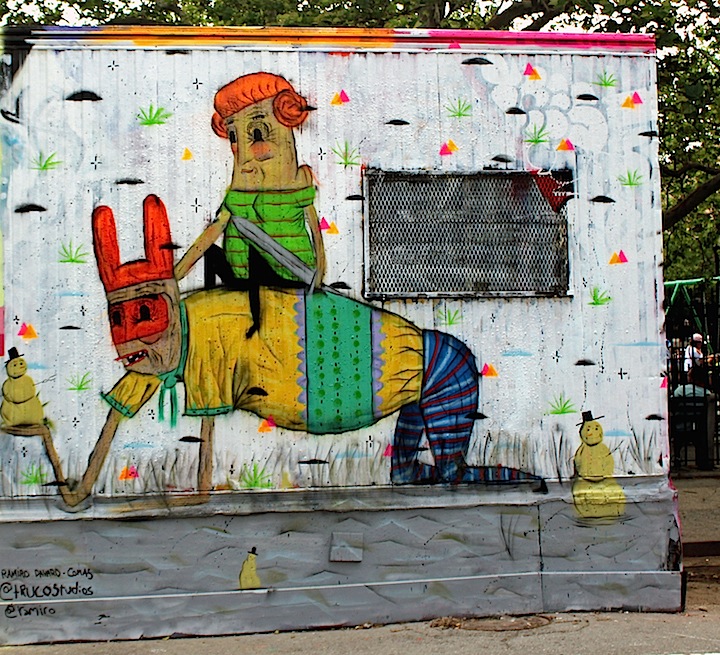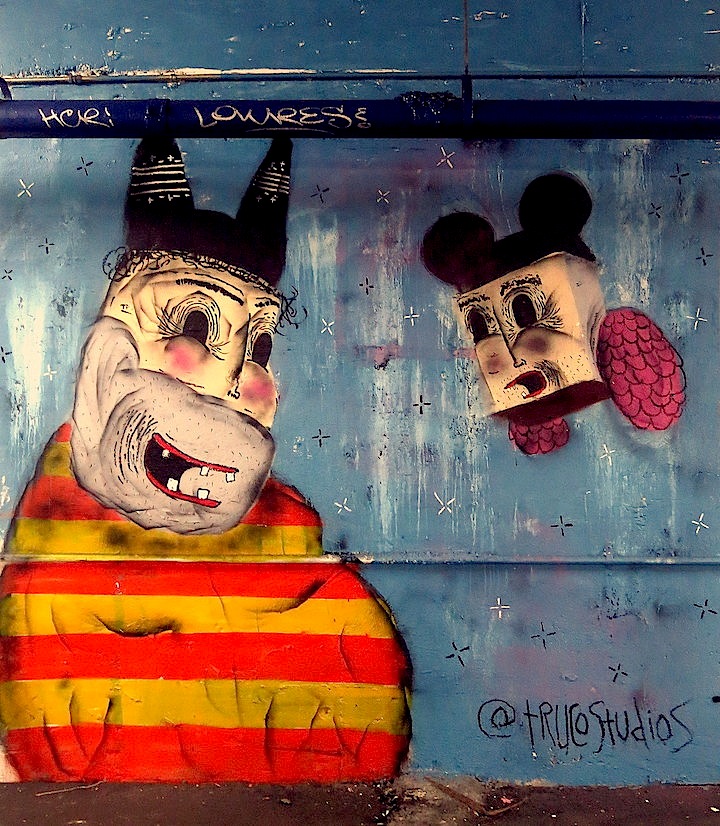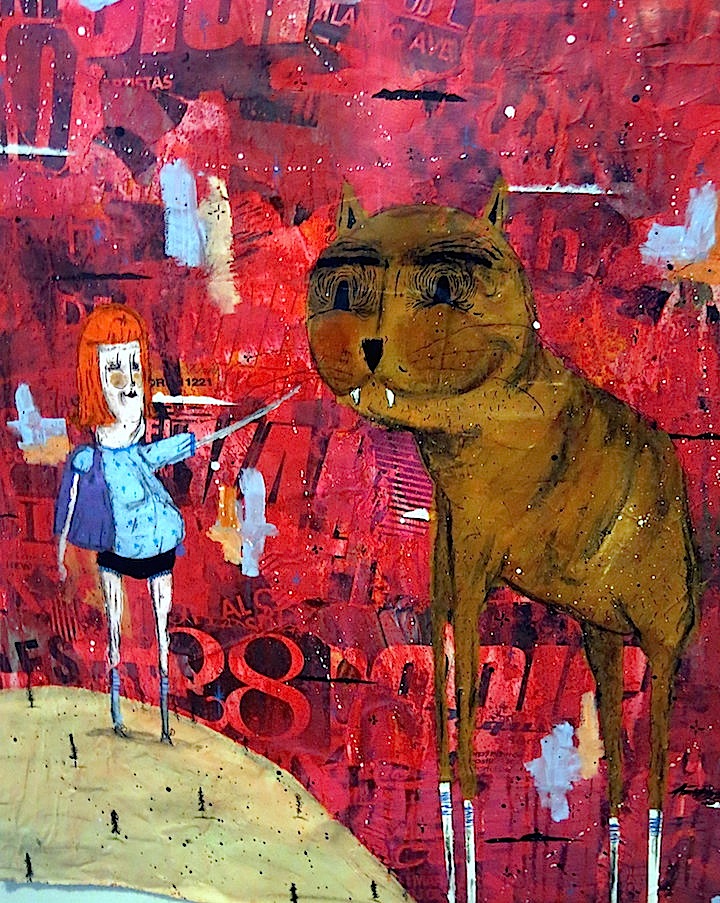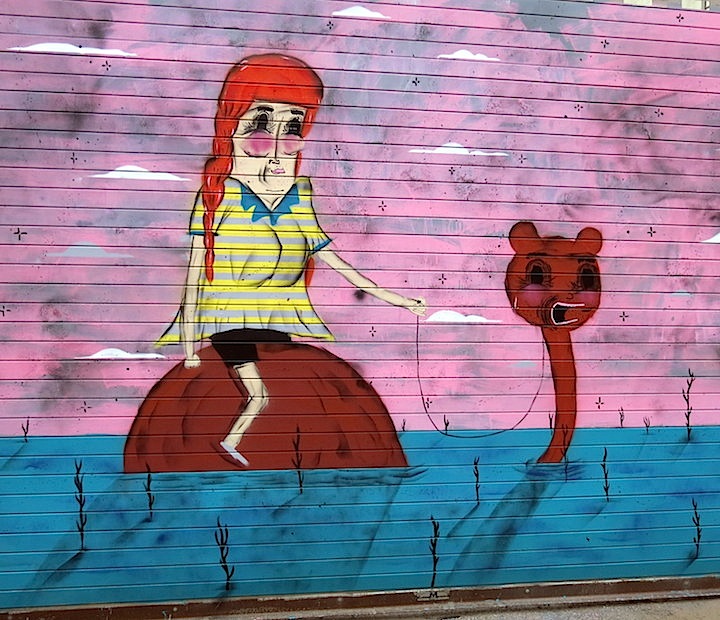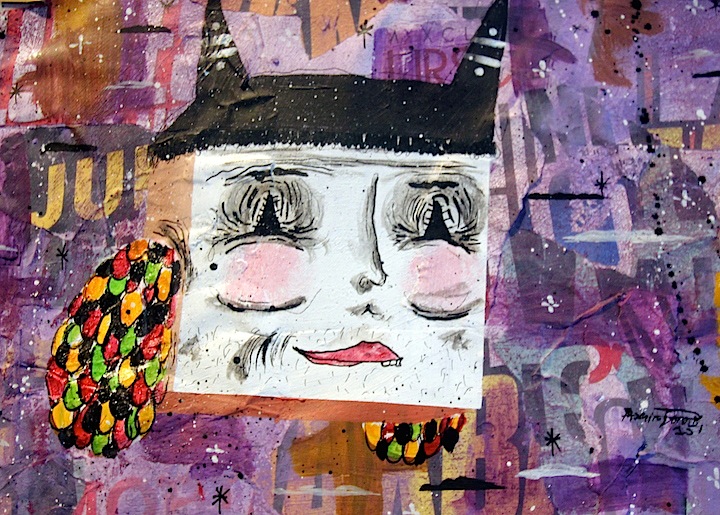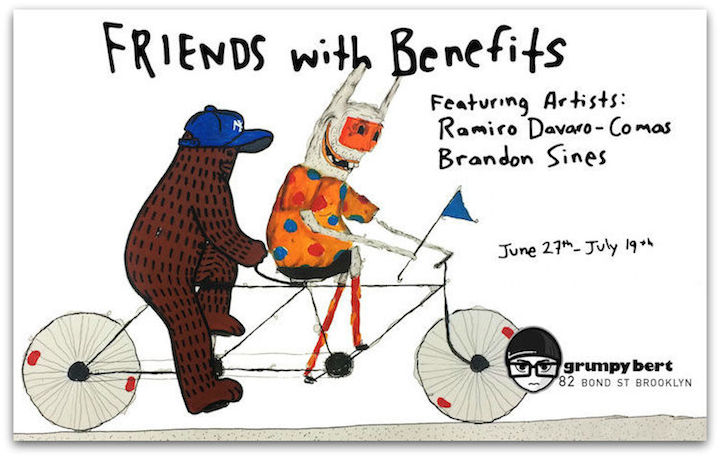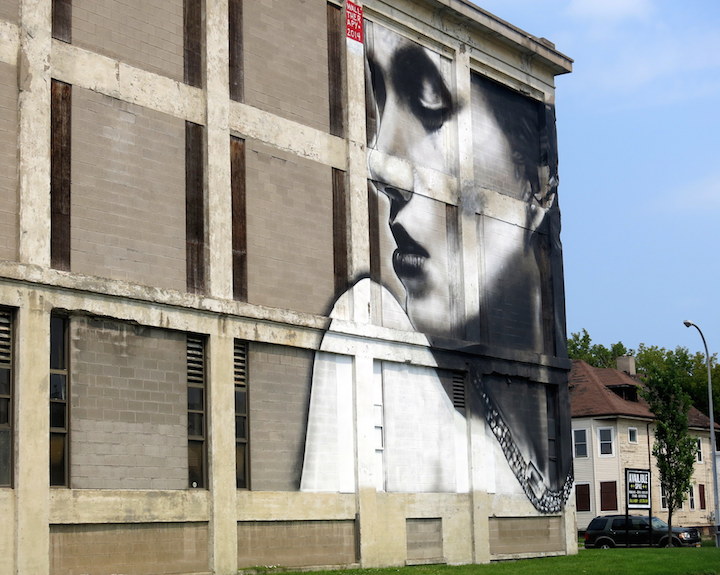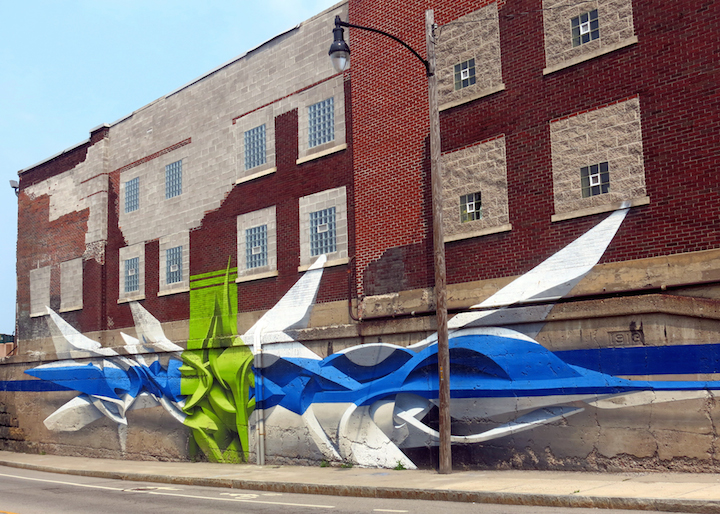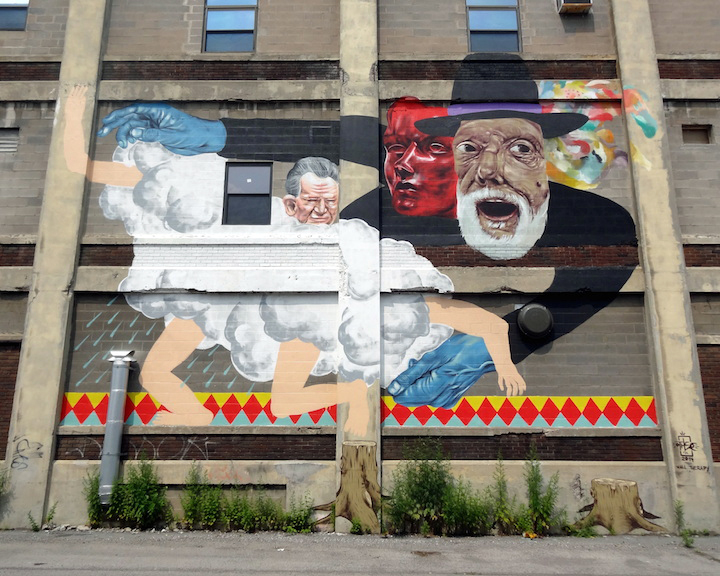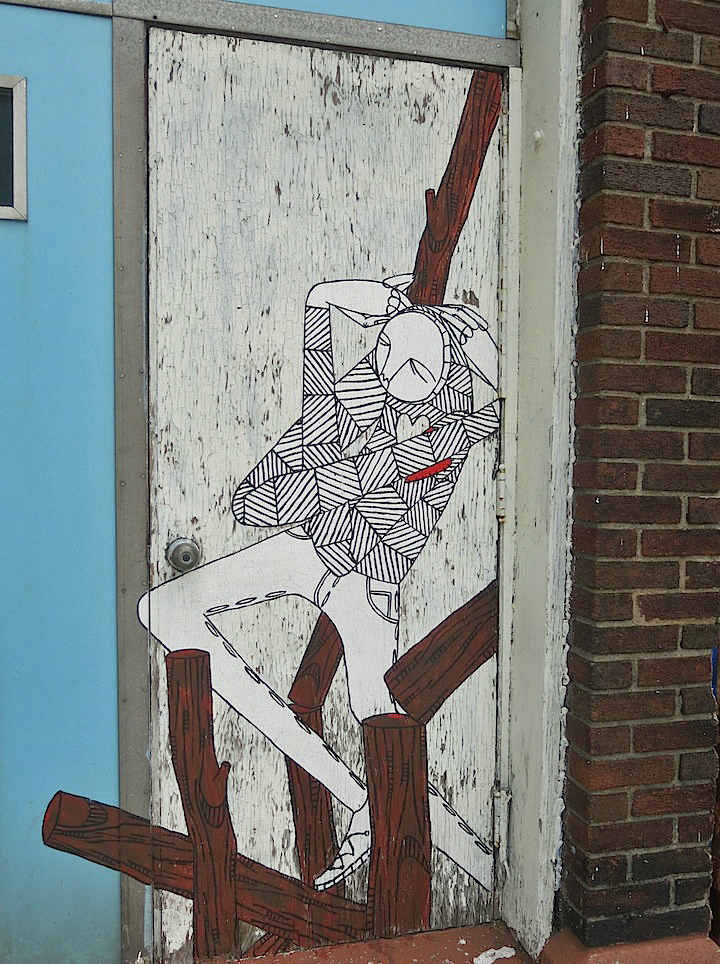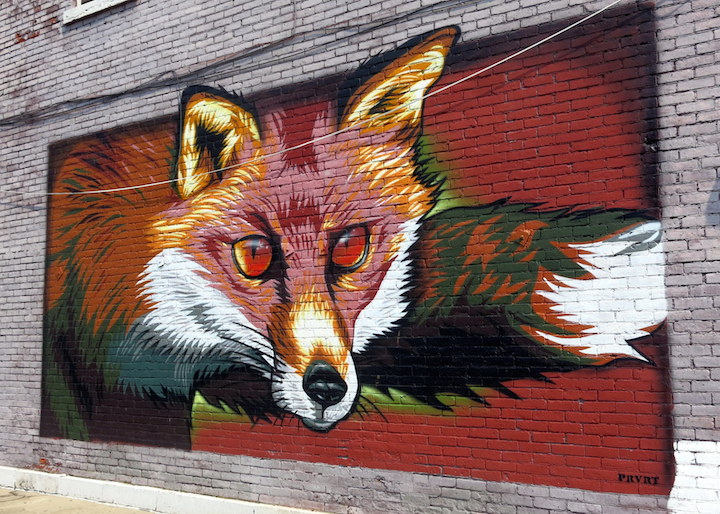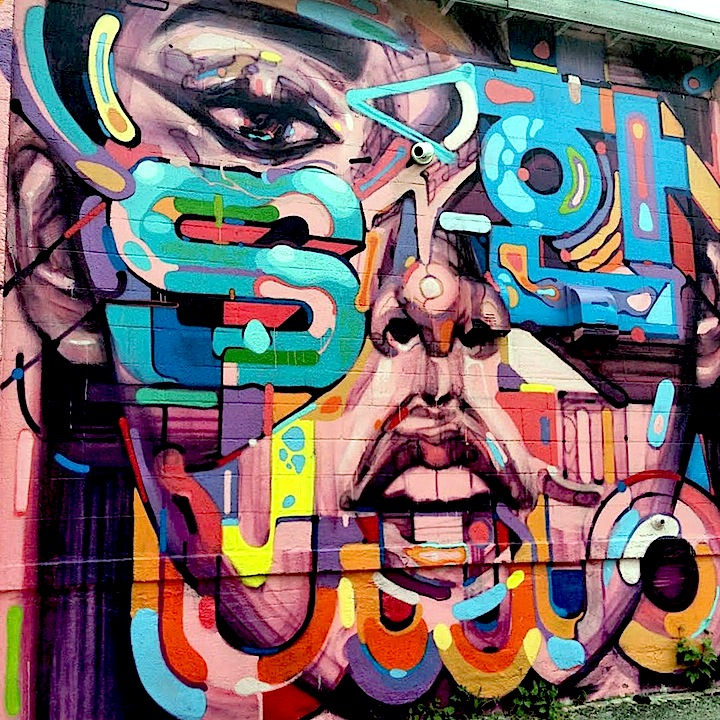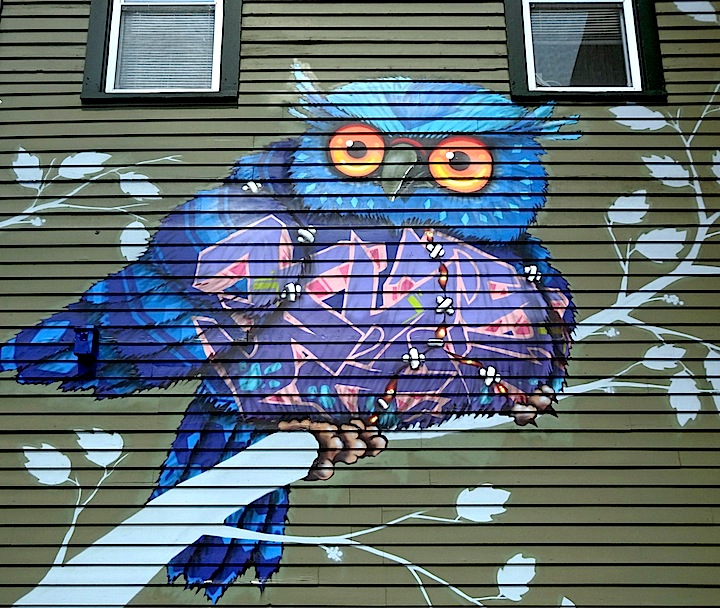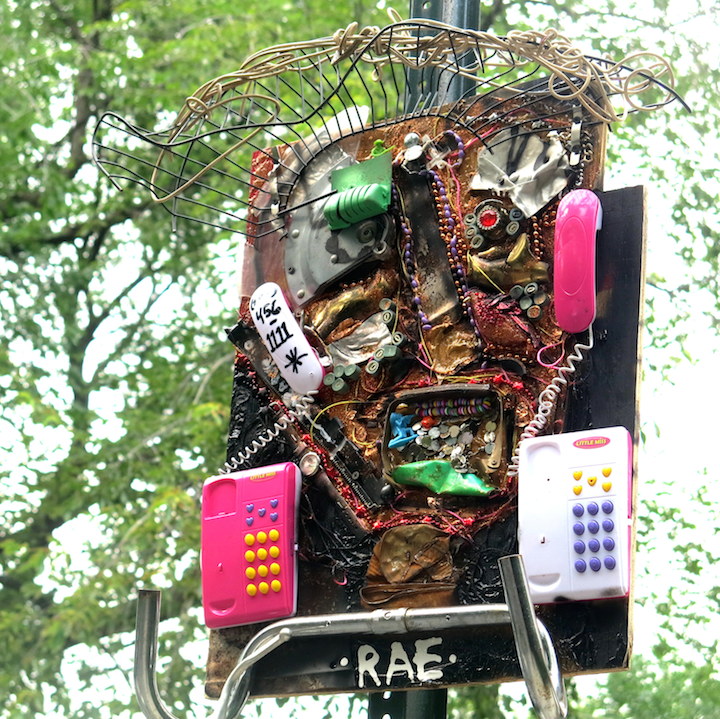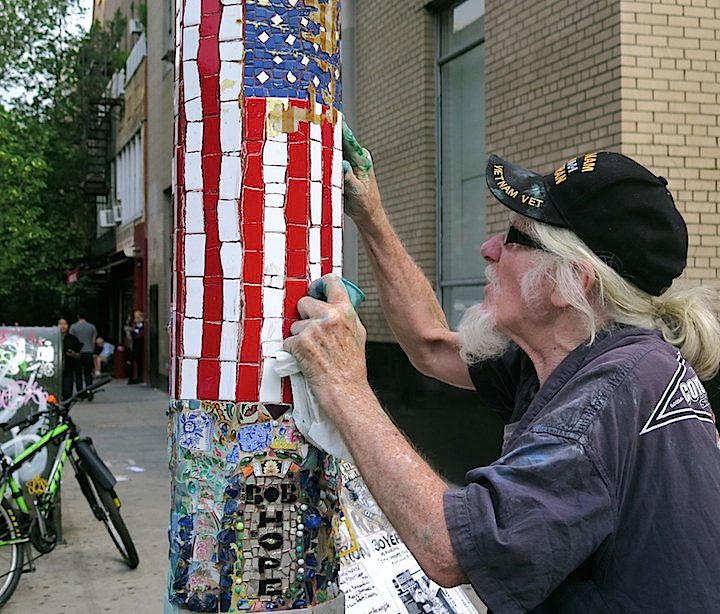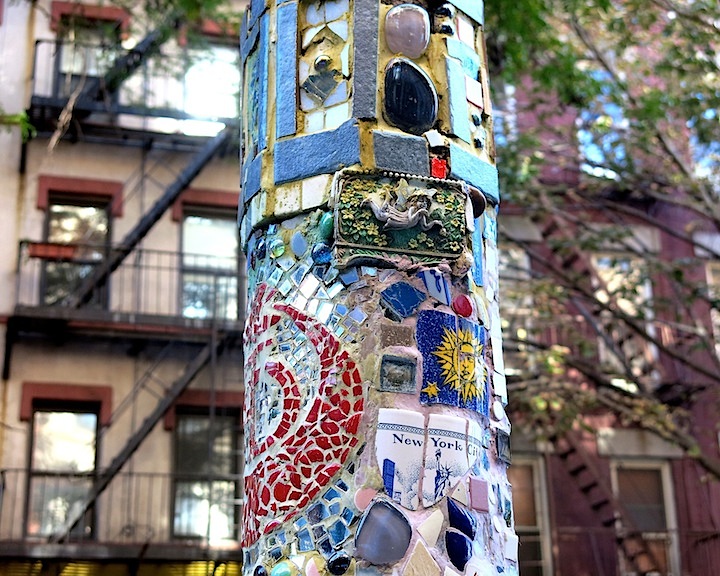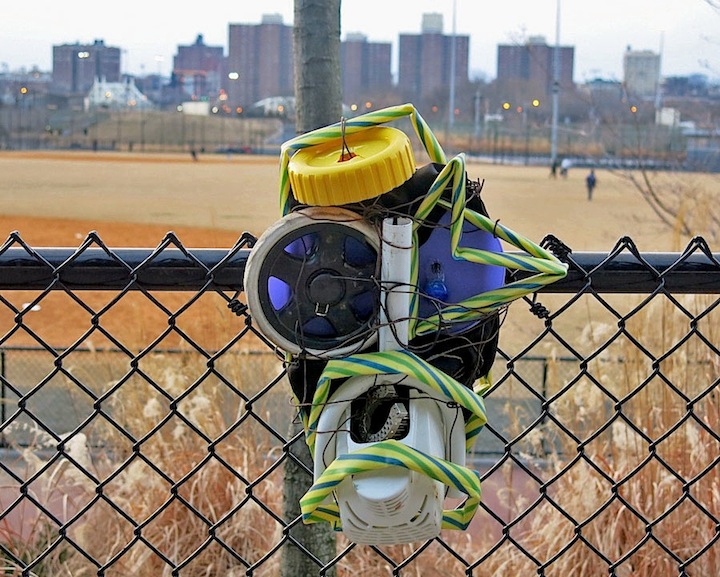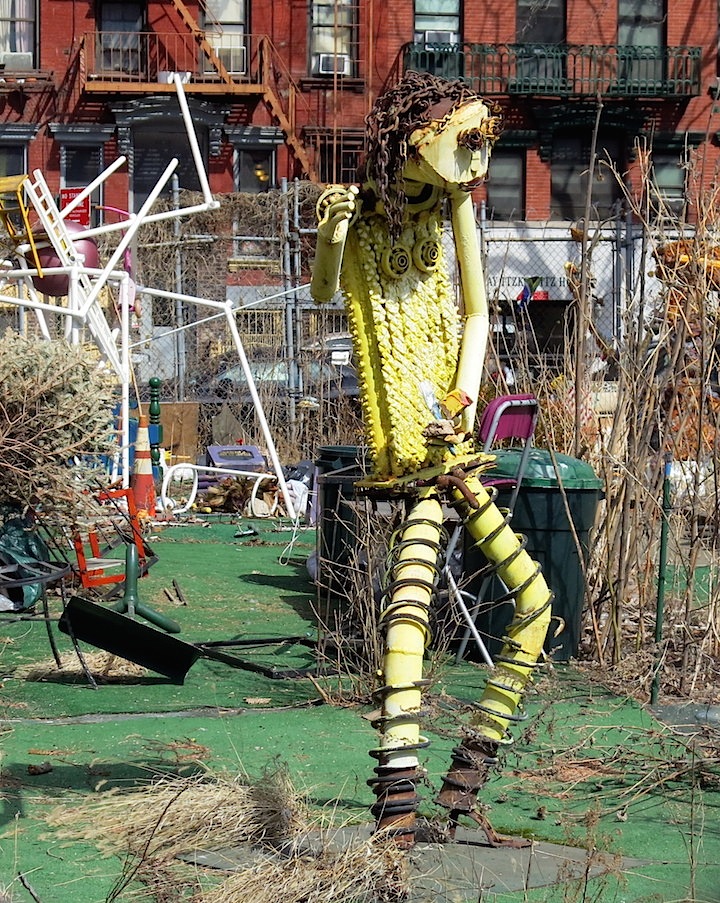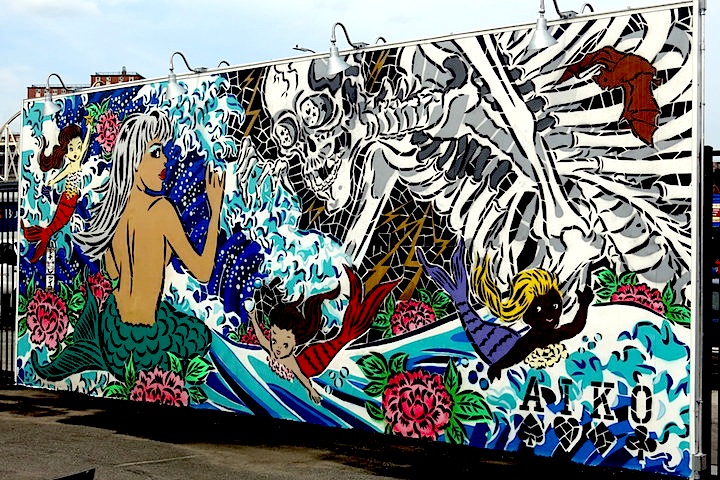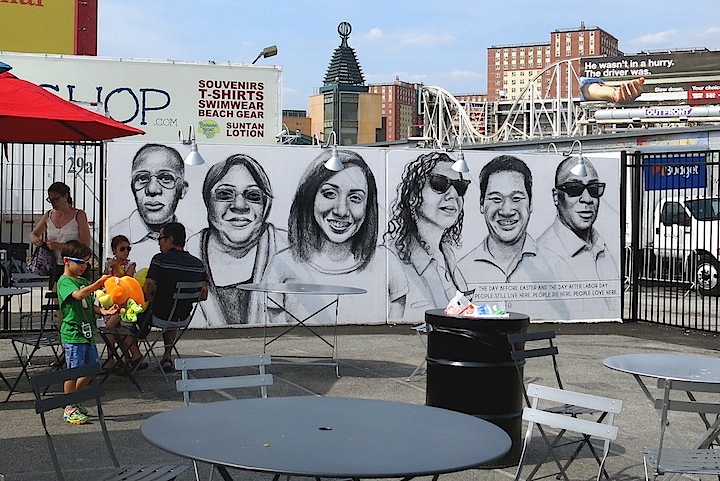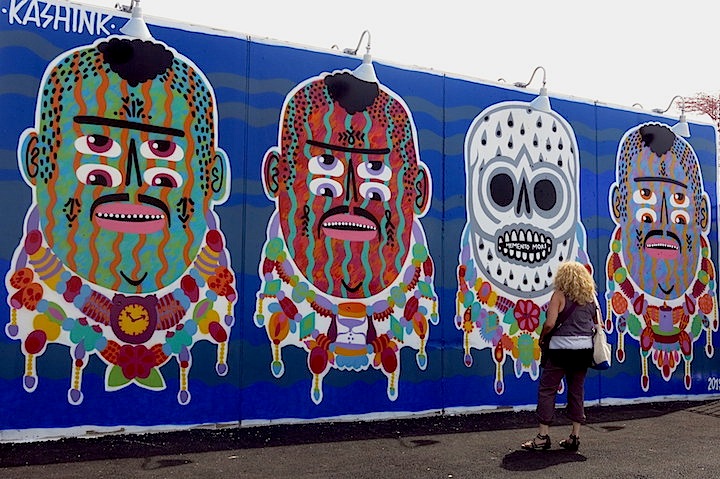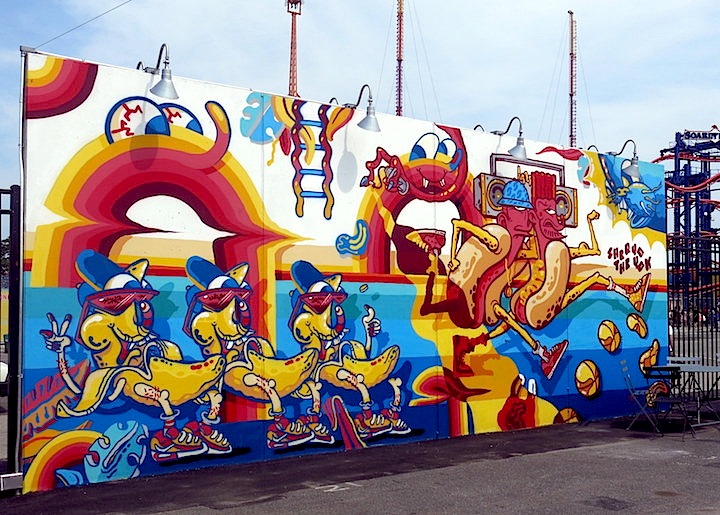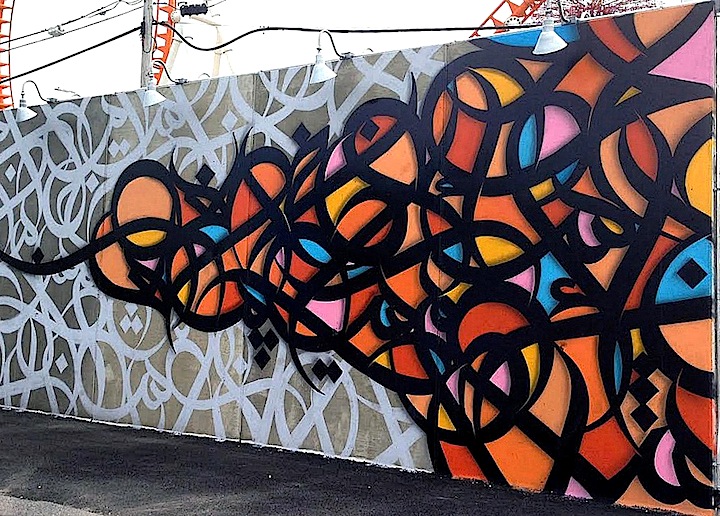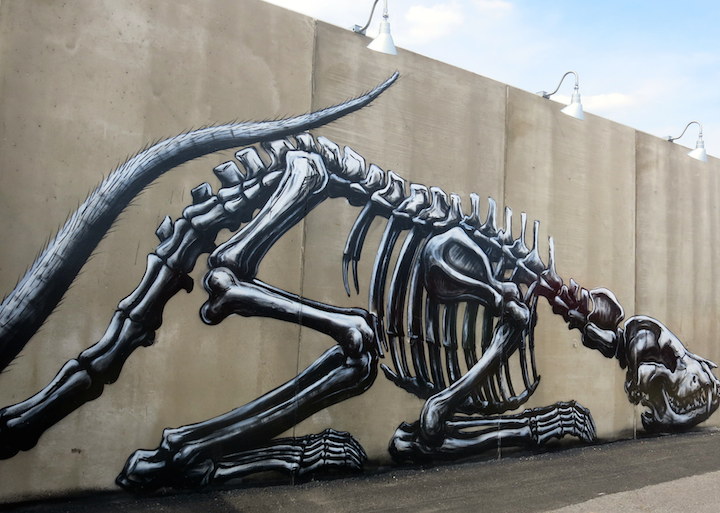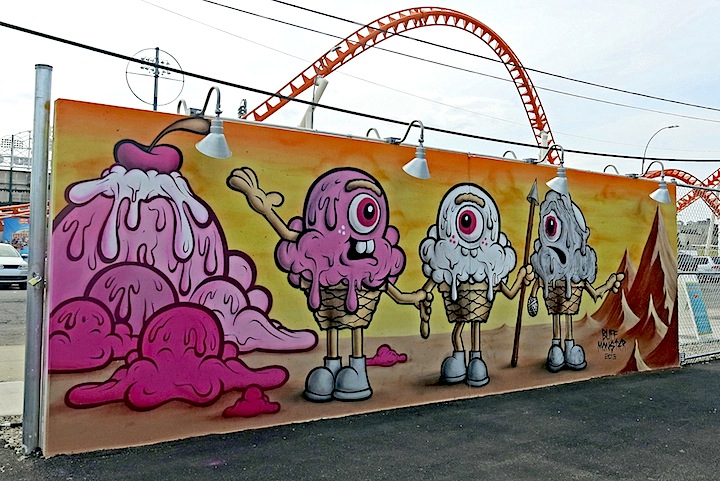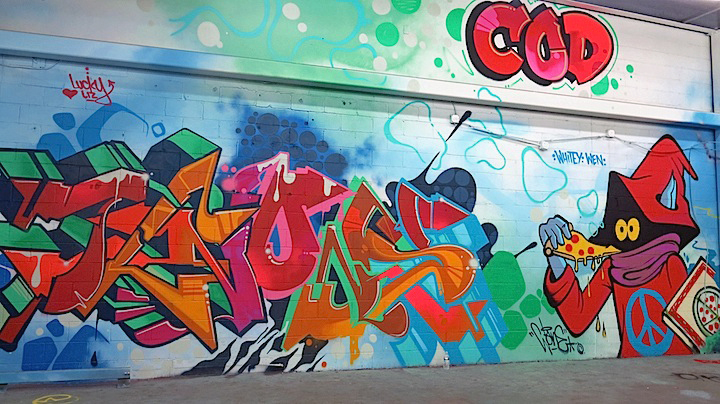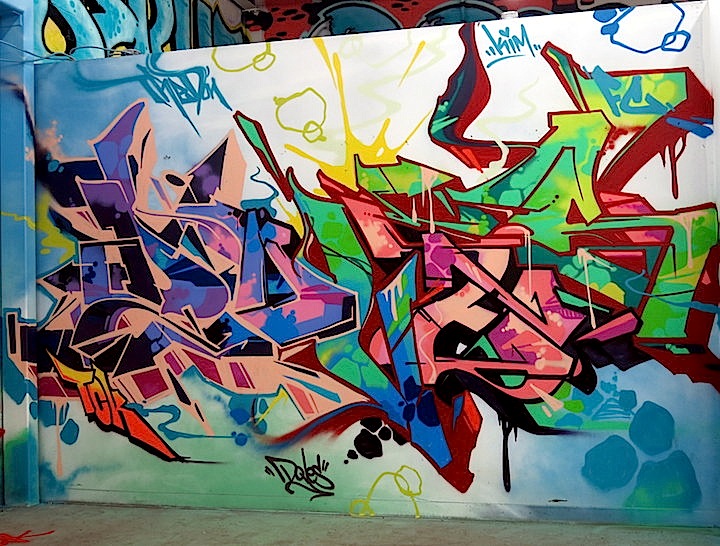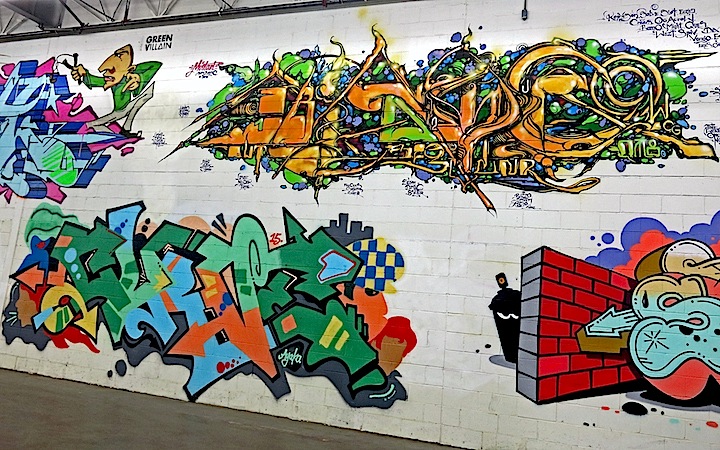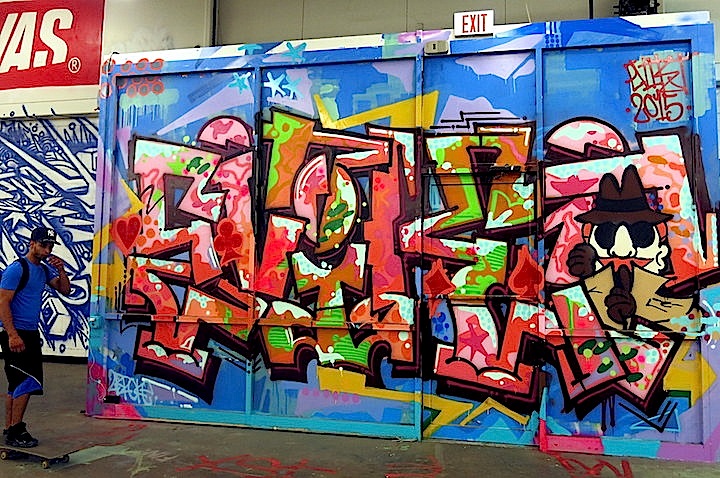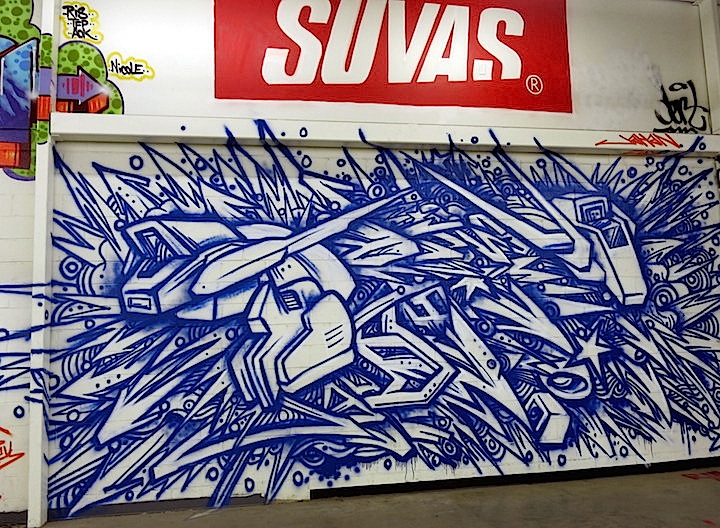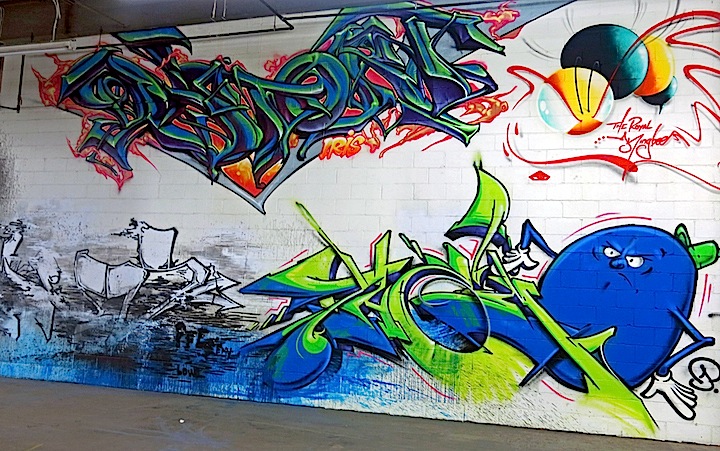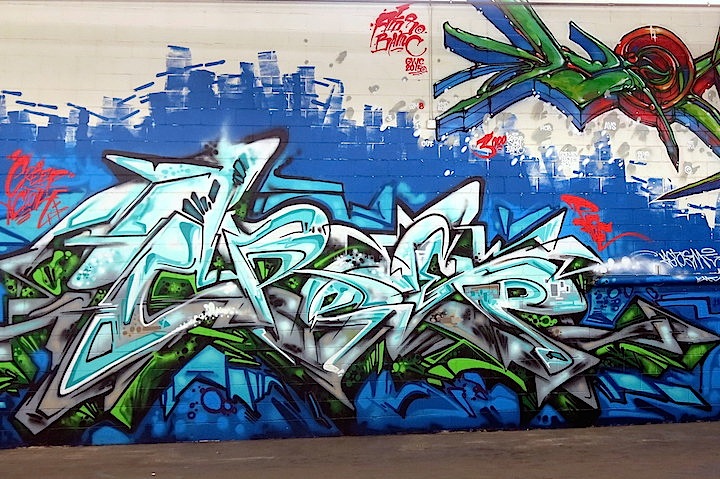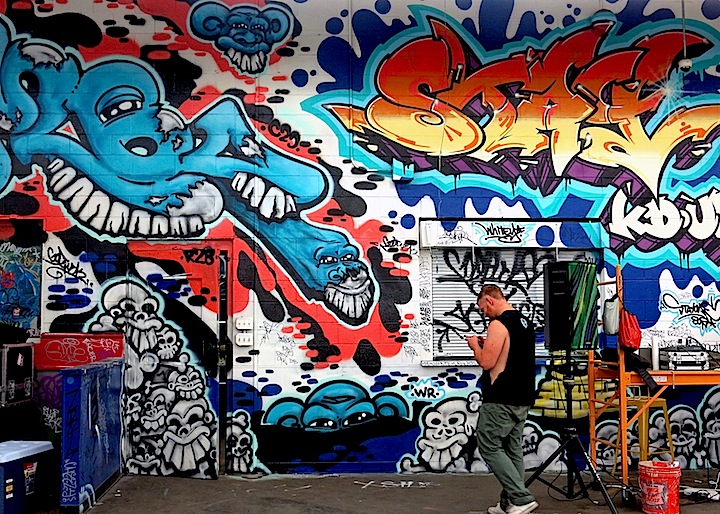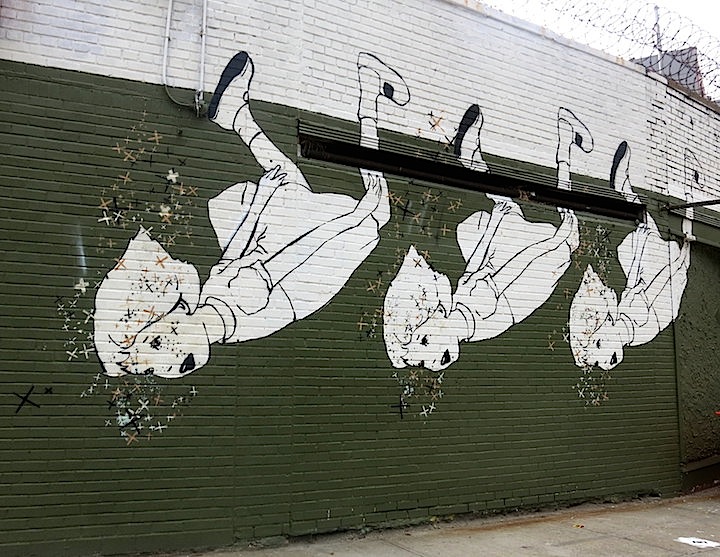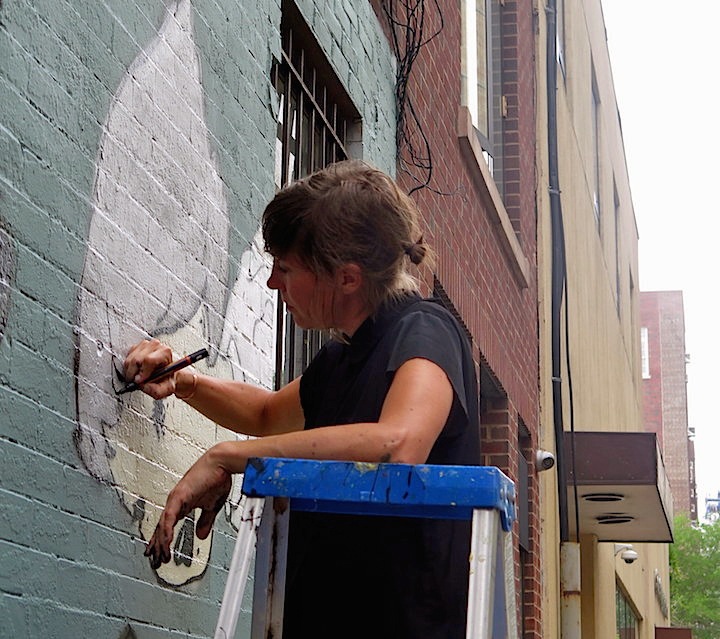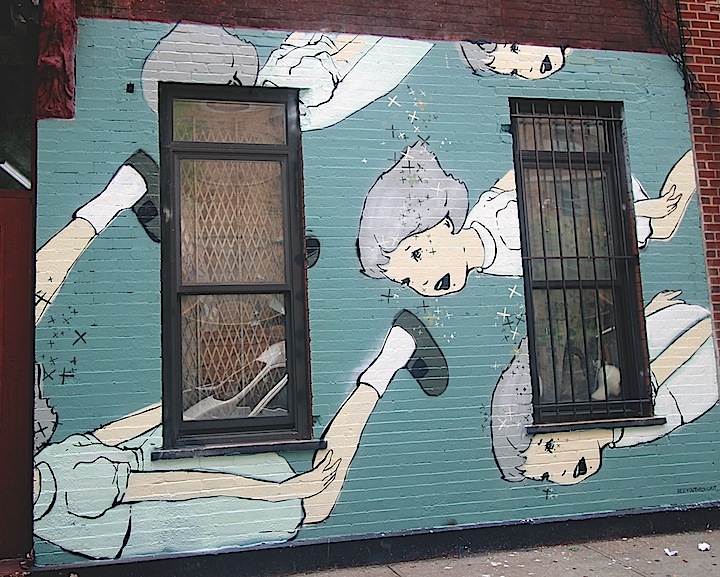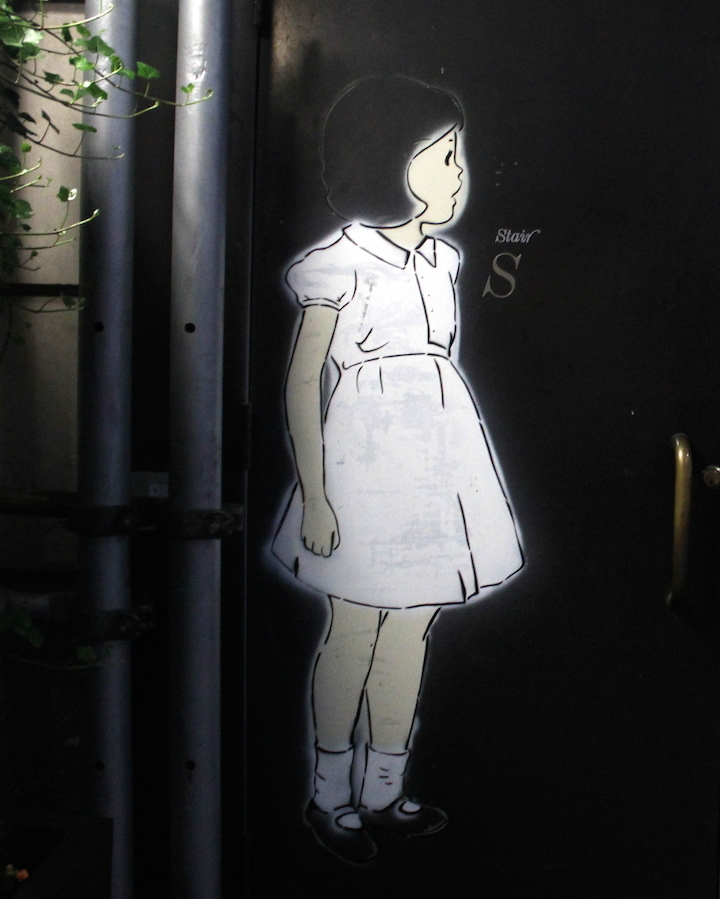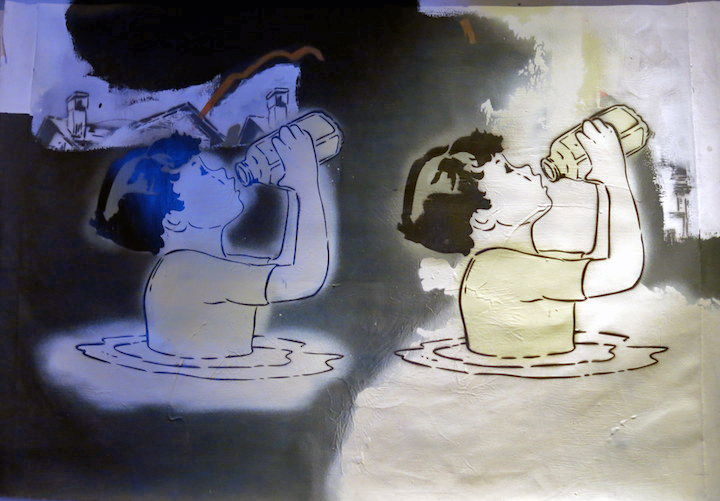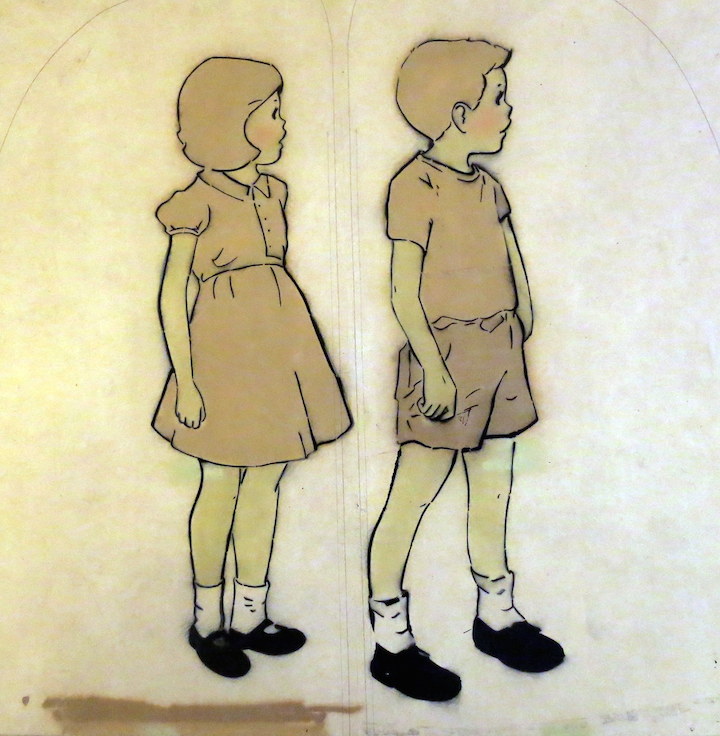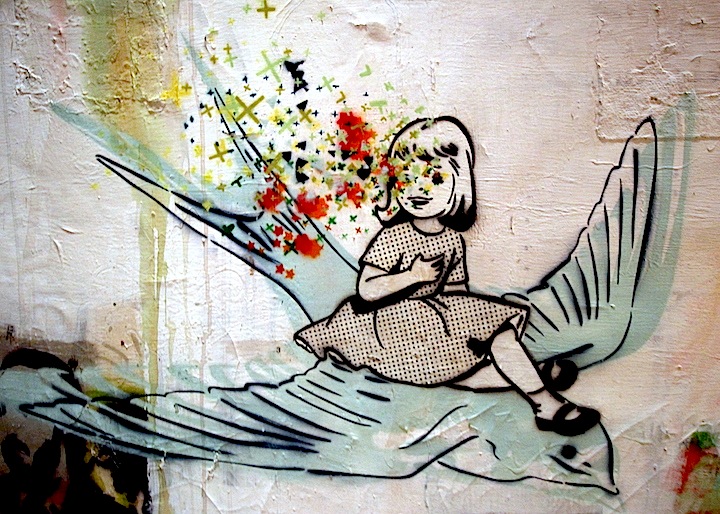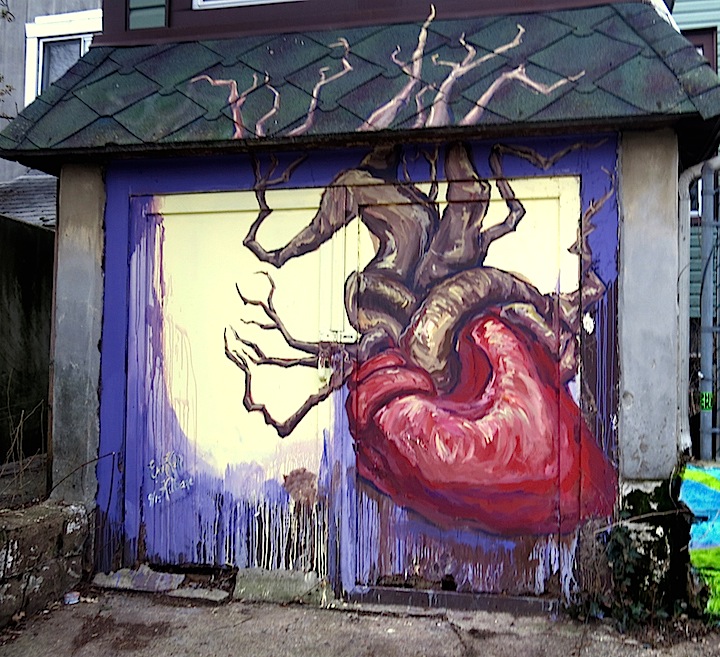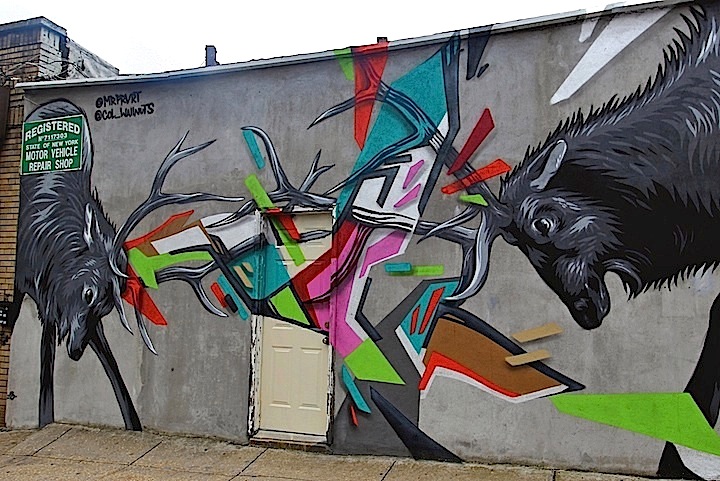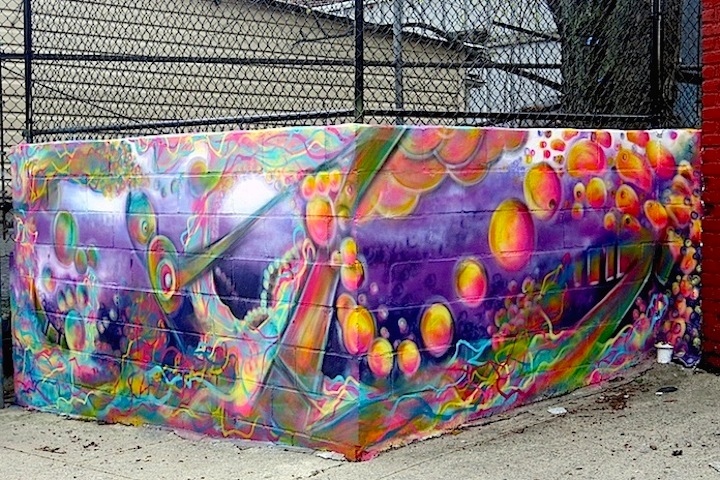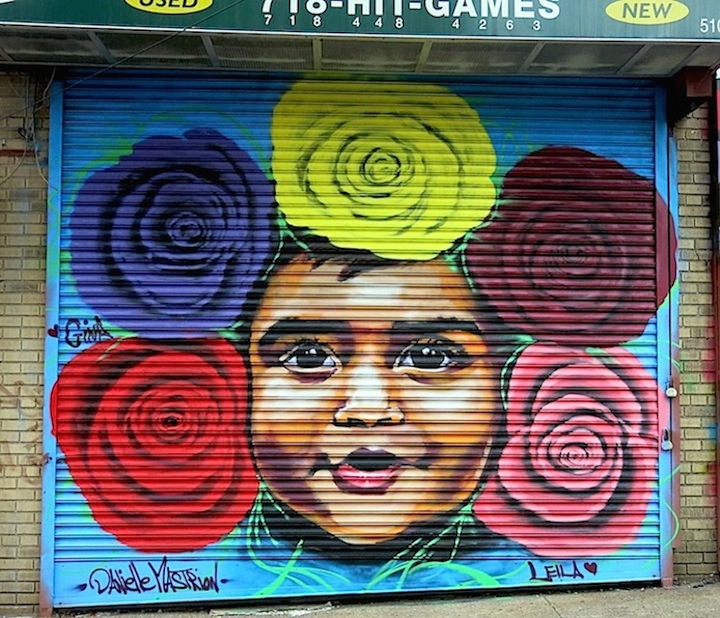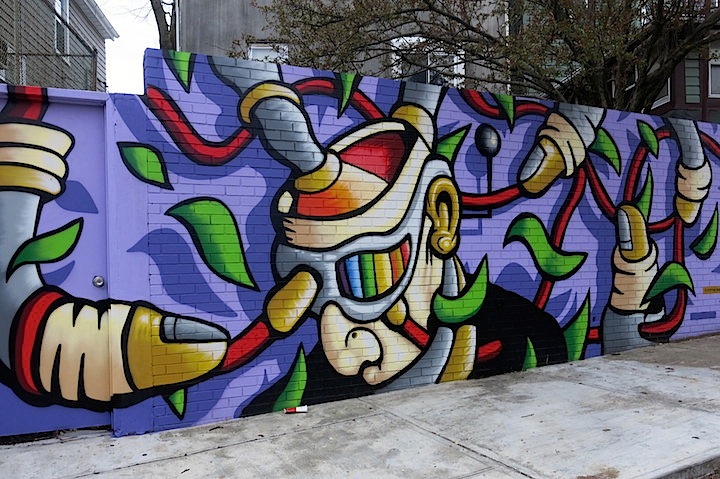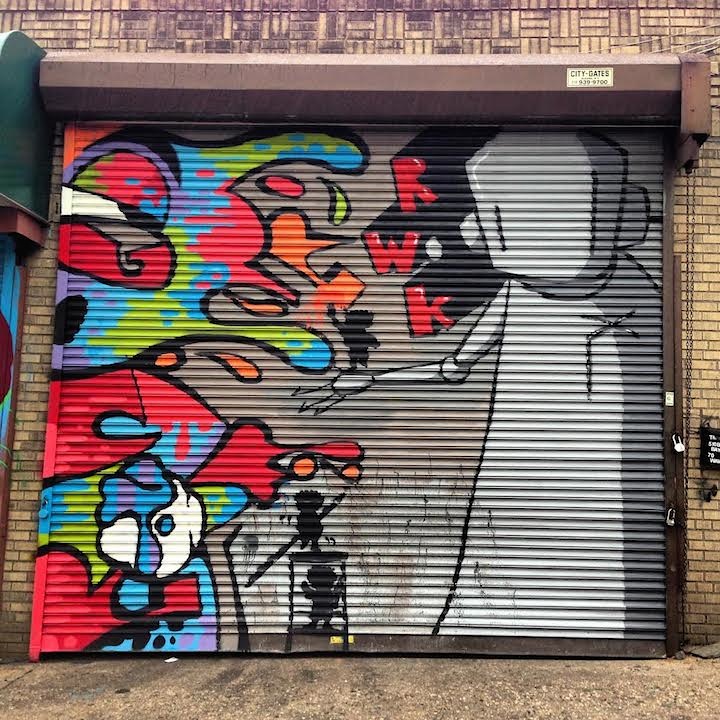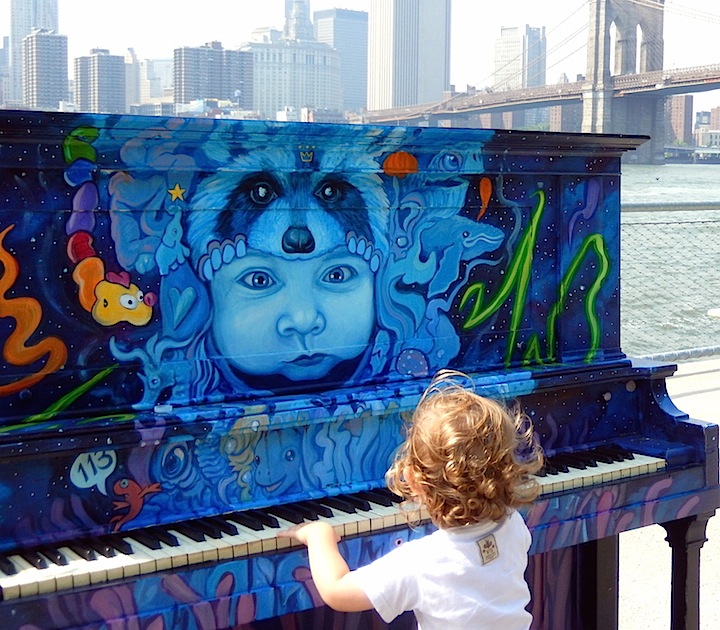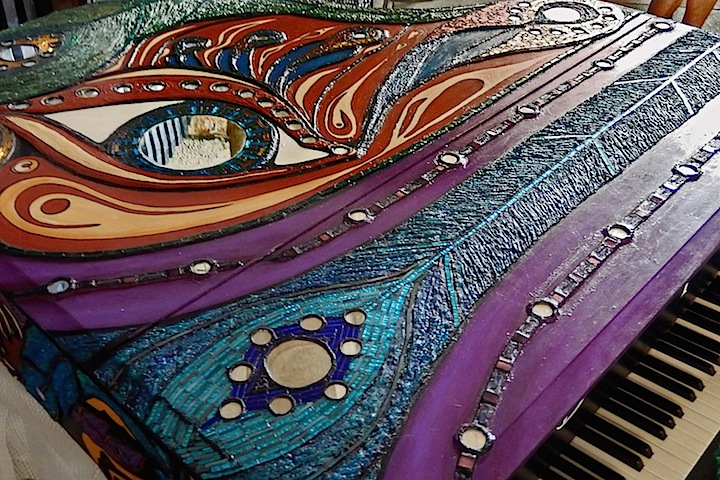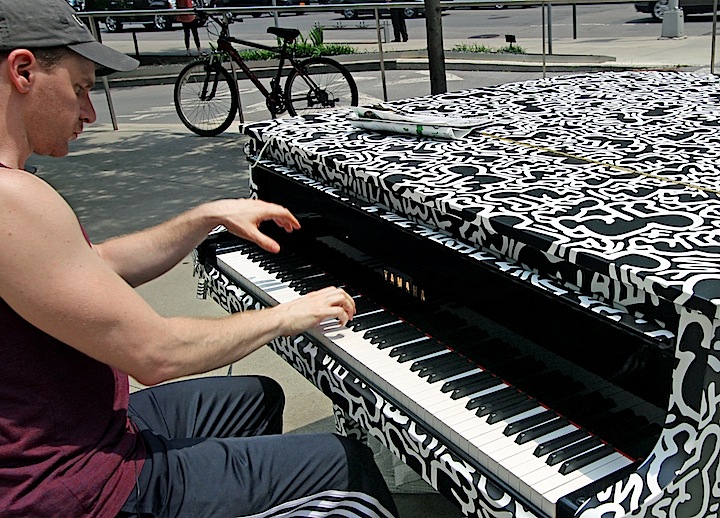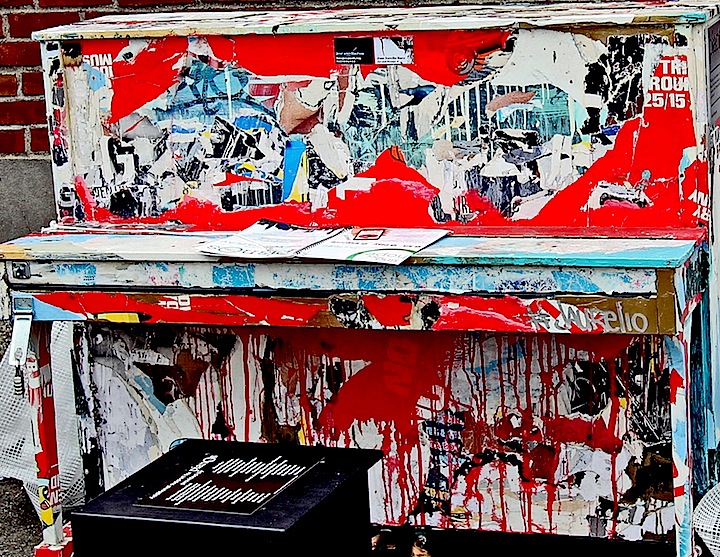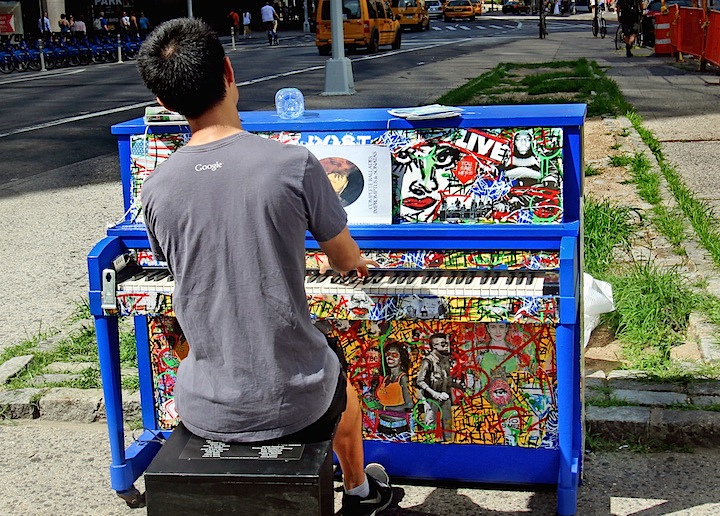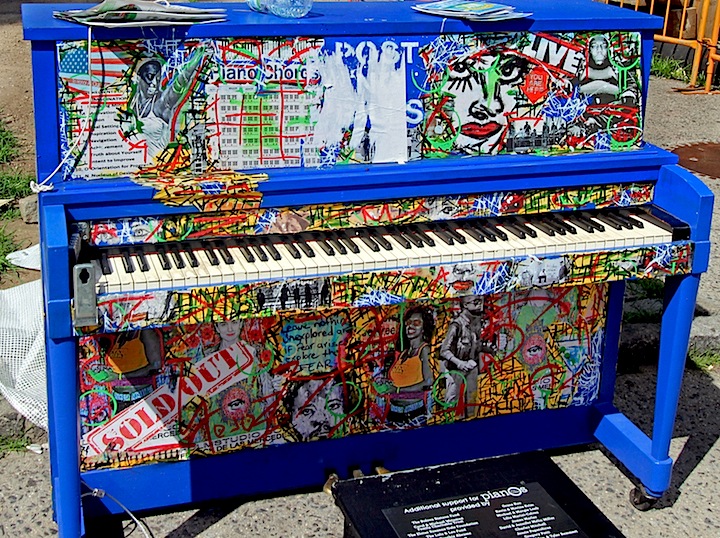We recently spoke to Brooklyn-based artist Joel Bergner aka Joel Artista about his experiences this past spring working with Israeli and Palestinian youth.
What brought you to the Israel?
I ‘d worked with artist and arts educator Max Frieder last year in the Middle East in a program for Syrian refugees and, also, in Cuba. He invited me to partner with him on this trip — organized by his Artolution project with the support of private donors and the U.S. Embassy and Consulate — to Israel and Palestine.
What was the purpose of the trip?
The main purpose was to provide creative opportunities for Israeli and Palestinian youth, who rarely interact, to meet each other through our educational workshops and collaborate on public mural projects. Through this work, they formed relationships with each other and were able to begin positive dialogues.
Was your experience in this particular conflict-ridden landscape different from what you had anticipated?
I had thought of the divide in this region as largely an Israeli-Palestinian one. But I came to realize that the situation is far more complex. There is a considerable divide between the religious and secular and divisions within certain communities themselves. I also wasn’t aware of the situation of the East Jerusalem Palestinians who do not have Israeli citizenship; in fact, they don’t have citizenship to any country in the world! Most can get Jordanian passports even though they are not Jordanian citizens, and it is these passports they use when they travel abroad. We worked with a Palestinian friend who was in this difficult and complex situation, and he brought us all around the West Bank and taught us a great deal. He was an inspiring guy for me because of his positive and tolerant perspective toward all the people of the region.
Did you feel personally affected by the conflict?
I was there on Jerusalem Day, when the Israelis — particularly those on the right — celebrate the reunification of Jerusalem and the establishment of Israeli control over the Old City. That was a particularly tense day, as there were protests and a highly charged and violent atmosphere in the area between the east and west sections of the city.
What — would you say — was you greatest challenge?
Getting the Israeli and Arab kids to interact with one another in a meaningful way and actually work together.
Were you able to overcome this challenge?
Yes. Most came to value the idea of working together for a common purpose. One of the groups came up with the image of a boat floating on a sea. Out of the boat grew a tree with branches that became human figures. They wanted to send a message that despite differences, they all have the same roots, and that they are all on the same boat together.
In what ways was your experience in Israel different from other countries where you’ve worked with youth?
I’ve worked in many countries with youth from very difficult environments, including those who have experienced war and other forms of violence, but this was my first time purposefully bringing together two sides of a conflict in order to spark dialogue. These are young people who are taught to fear and hate the other side. But many told me individually that once they came face to face with each other and worked together, joked around and had conversations, it became impossible to see the other as an enemy. They realized that they had so much in common. It was incredible to see them bonding and becoming friends. One day we all broke into a spontaneous dance party! It was beautiful to see them just acting like normal teenagers together. While this will not solve all the complex problems in region, I hope that it will be a seed.
What was the final project?
The installation of a huge mural at the Hand in Hand School, which was then installed at the US Consulate in Jerusalem. There it is visible to people from all backgrounds as they wait to apply for their visas.
Any thoughts about the future of this region?
After working with these kids, I do have some hope for these youth. One of their murals, in fact, told a story of the journey from conflict to peaceful coexistence. But I don’t see any easy resolution to the larger conflict.
And what about you? Any further plans to work in this region?
Yes, we are planning future projects for communities in the Middle East. These will include the participation of local artists and educators, who will be trained to facilitate their own arts-based community programs. The plan is to turn this concept into a global organization that will focus on advocating for social change through public art.
Interview conducted by Lois Stavsky; all images courtesy of the artist
{ 1 comment }
